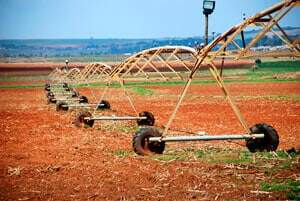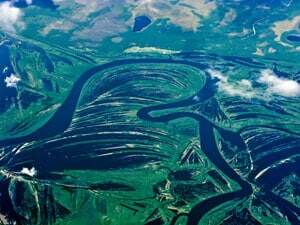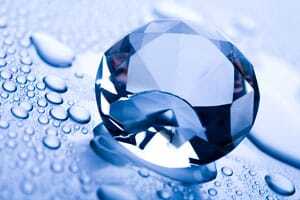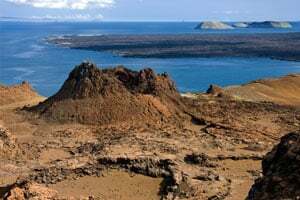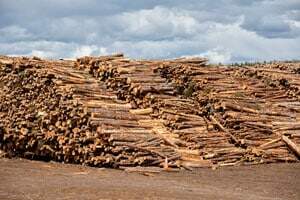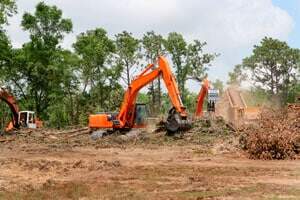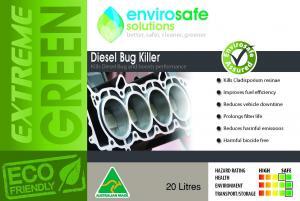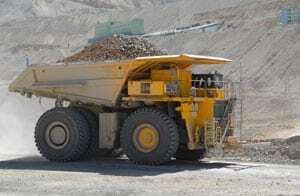 Fears a looming mining profits tax and carbon tax would deter investment by Australia’s mining sector appear unfounded – at least for the moment. The latest report from the Australian Bureau of Agriculture and Resources, Economics and Sciences (ABARES) shows total expenditure for minerals and energy was $173.5 billion in April.
Fears a looming mining profits tax and carbon tax would deter investment by Australia’s mining sector appear unfounded – at least for the moment. The latest report from the Australian Bureau of Agriculture and Resources, Economics and Sciences (ABARES) shows total expenditure for minerals and energy was $173.5 billion in April.
Australia’s mining boom continues even in the face of mining profits and carbon taxes earmarked for July 2012.
Latest figures from ABARES show record $173.5 billion expenditure from minerals and energy in April, up 31 per cent on October 2010. It represents four times the average yearly expenditure from the past 30 years.
This apparent financial optimism flies it the face of industry concerns that proposed new taxes would stifle investment, according to ABARES acting deputy executive director Terry Sheales.
“The significant increase in planned capital expenditure reflects the mining industry’s confidence in the medium and long term outlook for Australia’s mineral and energy commodities.”
Green revolution wants super profits tax revival
Greens leader Bob Brown has pushed for a revival of the failed super profits mining tax, credited with causing the collapse of former Prime Minister Kevin Rudd’s leadership.
He has argued the new Mineral Resources Rent Tax fails to go far enough and that most mining profits go overseas because foreign ownership. A report commissioned by the Australian Greens, the Foreign Ownership of Australian Mining Profits, has shown that $50 billion from Australia’s mineral resources would go offshore in the next five years.
Industry claims wealth ‘wide-spread’
The view has been disputed by Minerals Council chief Mitch Hooke who said the wealth generated by Australian mining was shared by Australian shareholders and employees and businesses that supplied or service the mining sector.
“Millions of Australians share in the wealth generated by Australian mining operations, either as direct or indirect shareholders of the 750,000 directly engaged employees.”
But while green revolution proponents and industry continue to battle over the mining profits tax and carbon tax – now set at $23 per tonne of carbon emissions – environmental issues remain the most glaring problem for future generations.
Striking a balance
As an environmental cleaning products company Envirosafe Solutions has been proud to supply Australia’s mining sector with eco-friendly liquid solutions to industry needs.
Like many ordinary Australians, the environmentally friendly liquids supplier remains hopeful that politics will drive positive environmental change. This requires a balanced approach – one that neither stifles investment nor indulges corporate heavyweights.
The challenge for mining is to minimise its environmental footprint by employing best practice. The switch to eco-friendly industrial liquids instead of toxic chemicals which pollute soil and waterways is one small but significant step forward. For advice on eco-friendly liquid products for the mining sector contact Envirosafe Solutions on 1300 88 90 70 or email info@evss.com.au.
Sources:









